As a BetterHelp affiliate, we receive compensation from BetterHelp if you purchase products or services through the links provided
Helping a child deal with anxiety can feel overwhelming. You might notice your child becoming easily upset, avoiding activities they used to enjoy, or having trouble sleeping. Seeing them struggle and not knowing the best way to help is tough.
One key thing to remember is that while you can’t make their anxiety disappear, you can help them manage it.
This article will show you how. By understanding what triggers your child’s anxiety and recognizing their signs of distress, you’ll be better equipped to help them cope. We’ll cover various supportive strategies, from encouraging open conversations about feelings to implementing practical calming techniques and lifestyle changes that promote mental well-being.
Let’s make a difference together.
Find hope here.
Calming Techniques For Anxious Children
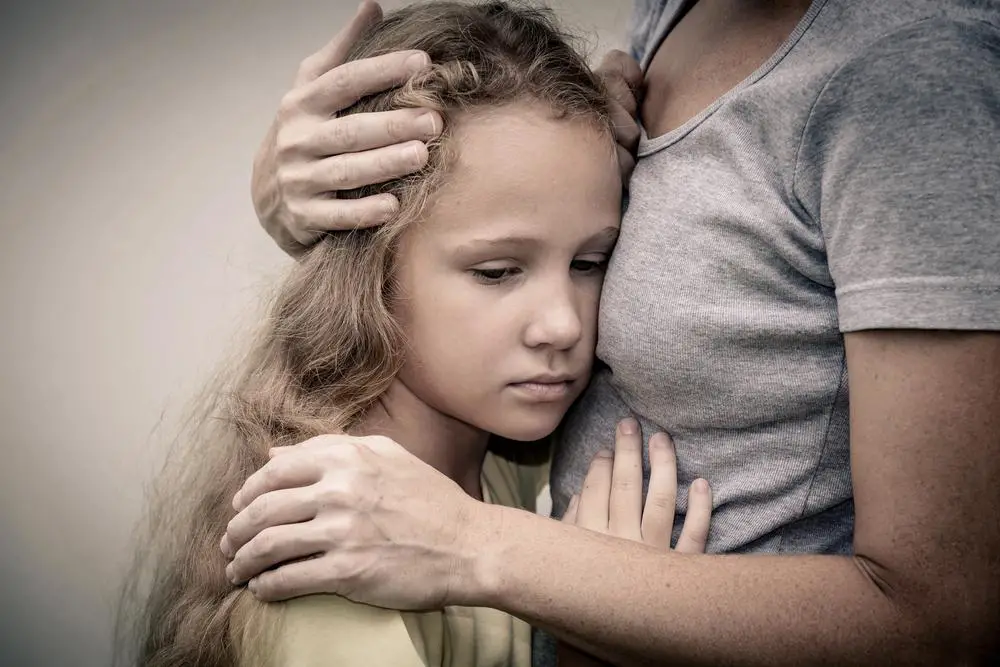
Learning to calm an anxious child can transform challenging moments into opportunities for growth and comfort. Discovering the proper techniques arms you with effective tools to soothe your worries and build resilience.
What is Anxiety?
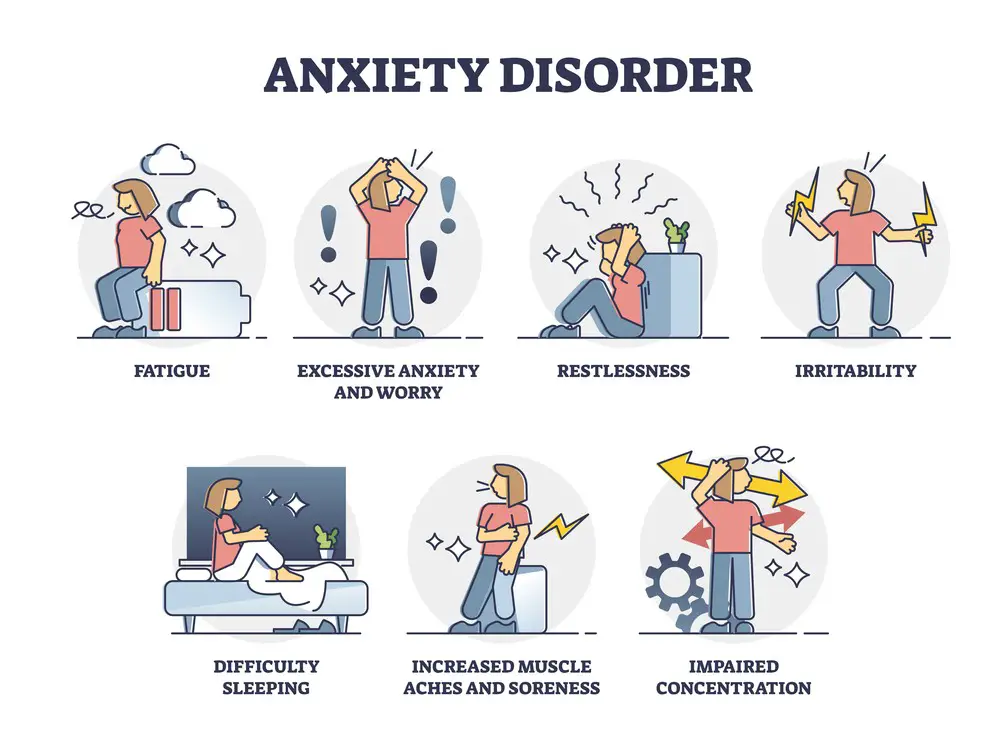
Anxiety is a normal and often healthy emotion that signals our brain’s response to stress, danger, or unfamiliar situations. It involves feelings of worry, nervousness, or fear ranging from mild to severe.
For children especially, anxiety can manifest through physical symptoms such as rapid heartbeat, sweating, and trembling. This emotional reaction is crucial in helping us prepare for the challenges ahead.
Anxiety is not just about feeling anxious; it’s a signal for us to pay attention and prepare.
Kids with anxiety might find it hard to express what they’re feeling inside. They may avoid certain places or activities because those settings trigger their anxious feelings. Recognizing these signs early helps parents support their child in learning how to manage anxiety effectively rather than avoiding it.
Through understanding and addressing child anxiety with empathy and validation, you empower your child to face fears with confidence and develop skills for coping with anxiety when it arises.
Signs of Anxiety in Children
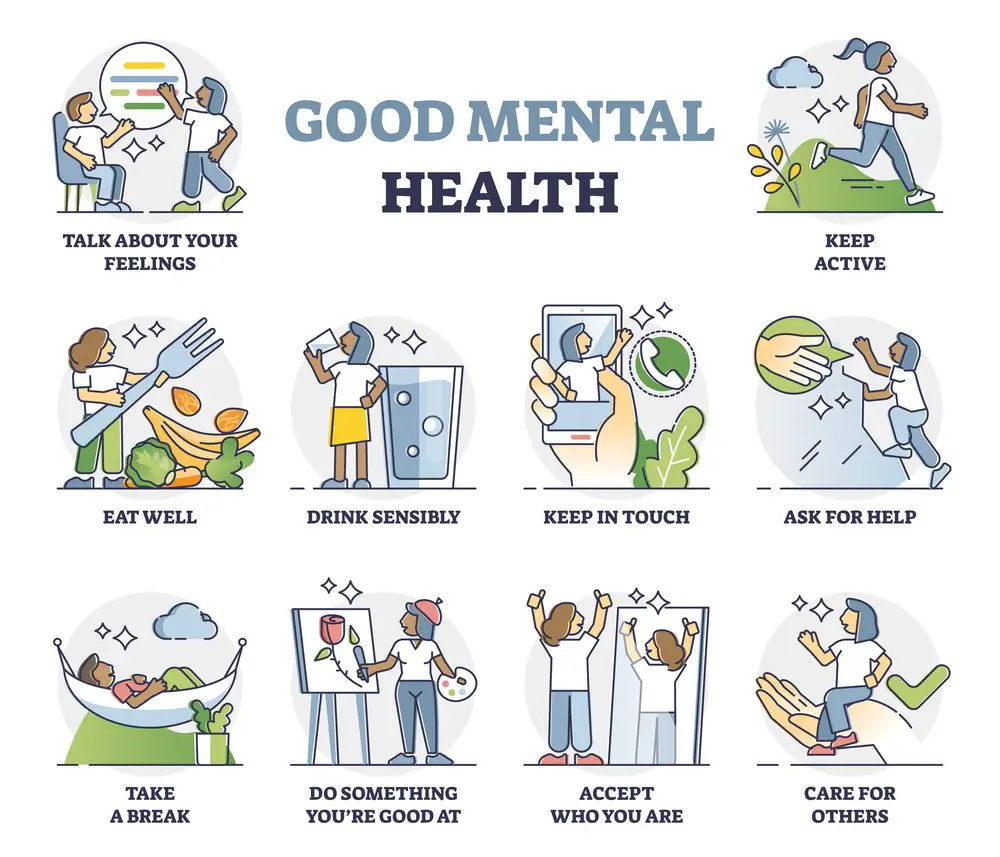
Children show anxiety in ways that might not always be obvious. They may have trouble sleeping, complain of stomachaches before school, or become unusually irritable and agitated without an apparent reason.
These signs can sometimes be missed as they blend with normal childhood behaviors. Kids struggling with worry might avoid activities they used to enjoy, have difficulty concentrating on tasks, or experience sudden outbursts of tears over minor issues.
Frequent headaches and an overwhelming need to seek reassurance from adults are also common indicators of anxiety in children. You might notice they start asking more “what if” questions about upcoming events or express persistent fears about safety–their own and their loved ones.
Observing changes in eating habits or reluctance to go to school can provide further clues that a child is dealing with more than just the usual ups and downs of growing up. Recognizing these signs early is crucial in supporting anxious children effectively at home and school.
Triggers for Anxiety
Identifying triggers for your child’s anxiety is crucial. These can vary widely, from changes in routine to worries about school or friendships. Some children feel overwhelmed by large crowds or fear specific things like animals, the dark, or doctors’ visits.
Others might react to stress at home, such as parental arguments or financial troubles. Understanding what sparks your child’s anxiety allows you to offer better support and teach them coping strategies.
Once you recognize these triggers, creating a supportive environment at home becomes essential. It involves managing expectations and showing respect for their feelings while gradually encouraging them to face fears with positive reinforcement.
Building A Supportive Environment At Home
Creating a supportive home environment starts with you. Your actions and the atmosphere you cultivate are crucial in helping your child manage anxiety.
Manage Expectations
Managing expectations involves setting achievable goals that align with your child’s ability to handle anxiety. Teach them that it’s okay not to have everything figured out and that dealing with anxiety is a process.
Acknowledge their efforts and progress, no matter how small, reinforcing that overcoming anxiety doesn’t happen overnight. This approach builds their confidence and equips them with the resilience to face challenges.
Urge your child to step outside their comfort zone gradually, but emphasize the importance of patience in this journey. Celebrate each success along the way, fostering a sense of accomplishment and the understanding that growth takes time.
These steps pave the way for encouraging facing fears as a natural next step in managing anxiety.
Encourage Facing Fears

While home should be a haven, creating an environment that encourages personal growth and resilience is essential. One way to foster this is by supporting family members in facing their fears and stepping outside their comfort zones in a secure, judgment-free space.
Fear is a natural human emotion, but it can prevent us from reaching our full potential when it becomes overwhelming or paralyzing. By gently encouraging loved ones to confront their fears, we can help them build confidence, develop coping strategies, and cultivate a growth mindset.
It’s crucial to approach this process with empathy and patience. Everyone experiences fear differently; some may stem from past traumas or deeply ingrained beliefs. Create an open dialogue where family members feel comfortable expressing their anxieties without fear of ridicule or dismissal.
For younger children, facing fears can be as simple as trying new foods, sleeping without a nightlight, or performing in front of a family. Provide reassurance and celebrate their bravery, no matter how small the step may seem. This positive reinforcement can lay the foundation for a lifelong willingness to step out of their comfort zone.
The process may involve more significant challenges for older children and adults, such as public speaking, pursuing a new career path, or overcoming a phobia. Offer to role-play scenarios, provide resources and guidance, and remind them that setbacks are a natural part of growth.
It’s also important to lead by example. Share your own experiences with facing fears, both successes and failures. This vulnerability can help normalize the experience and reinforce the idea that growth often involves discomfort.
Additionally, create an environment that celebrates effort and progress over perfection. Praise the courage it takes to try something new, even if the outcome is not initially successful. This mindset fosters a growth-oriented approach to challenges and reduces the fear of failure.
By encouraging family members to face their fears in a supportive, nurturing environment, you’re helping them develop resilience and fostering a home that values personal growth, self-discovery, and the pursuit of a fulfilling life.
Express Positive Expectations
Expressing positive expectations is crucial after encouraging your child to face their fears. Show them you believe in their ability to handle anxiety. This boosts their self-confidence and reinforces the idea that they can manage difficult situations.
Your faith in them teaches resilience and fosters a sense of security.
Your belief in your child’s capabilities is pivotal in helping them overcome anxiety.
You play a key role by setting realistic goals and celebrating small victories together. Acknowledge every step they take towards managing their worries. This approach helps children see progress, building momentum for further success.
Keep your support consistent, reminding them they’re not alone in this journey.
Respect Their Feelings
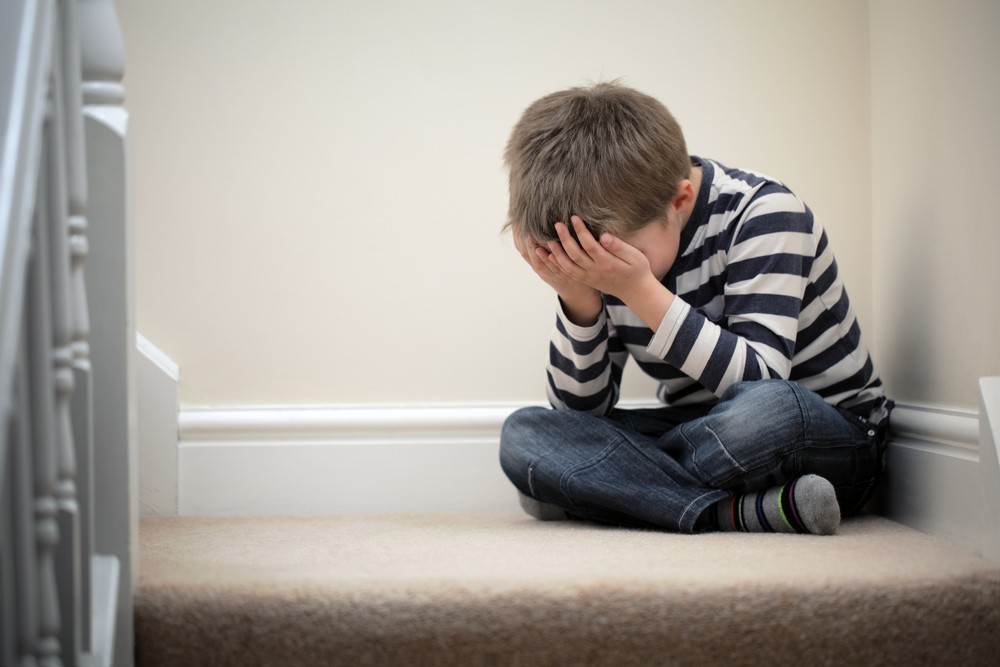
Expressing positive expectations lays the groundwork for a healthy dialogue about emotions and concerns. Moving forward, it’s equally crucial to respect their feelings. Acknowledge your child’s fears without judgment, demonstrating that you take their emotions seriously.
This approach helps children feel safe and understood, bolstering their confidence in managing anxiety.
Listening actively to your anxious child shows you value what they say, reinforcing their sense of security and belonging. Encourage them to express themselves freely by asking open-ended questions about their feelings and why.
This supportive strategy enhances emotional support and coping skills among children dealing with anxiety, making them more resilient in the face of stress.
Encouraging Open Conversations About Anxiety
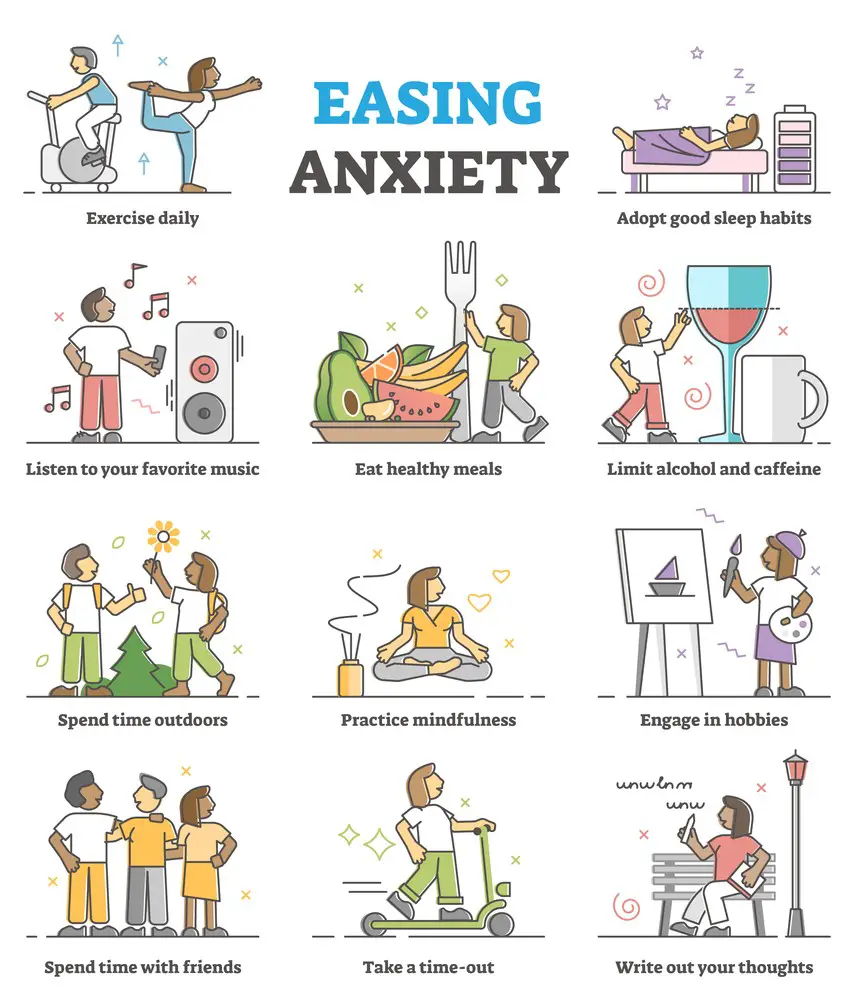
Creating a safe space for open conversations about anxiety starts with listening carefully and responding with empathy. Ensure your child knows it’s okay to feel anxious and that you’re there to support them, not to judge or dismiss their feelings.
Acknowledge their fears without reinforcing them. This validates their experience and shows that their emotions are essential.
Teach your child how to express what they’re feeling. Use simple language for younger children, such as asking if something is making their tummy feel funny or if they feel like running away from something scary.
For older kids, encourage them to describe their anxieties in detail. This helps them understand and manage these feelings better. Keep the dialogue ongoing; don’t limit these discussions to stressful times only.
Helping Your Child Set Realistic Goals
Start by guiding your child to identify their strengths and areas where they feel anxious. Encourage them to pick goals that are small, achievable, and directly related to managing their anxiety.
For example, if speaking in front of the class triggers nervousness, a realistic goal might be raising their hand at least once during discussions before tackling larger presentations.
This approach helps build confidence gradually.
Supporting children with anxiety involves praising their efforts towards these goals, regardless of the outcome. Celebrate every step forward to reinforce progress and resilience. If a setback occurs, use it as an opportunity for learning rather than a failure.
This strategy teaches them that overcoming anxiety is about consistent effort and growth, not perfection.
Promoting A Healthy Lifestyle To Reduce Anxiety
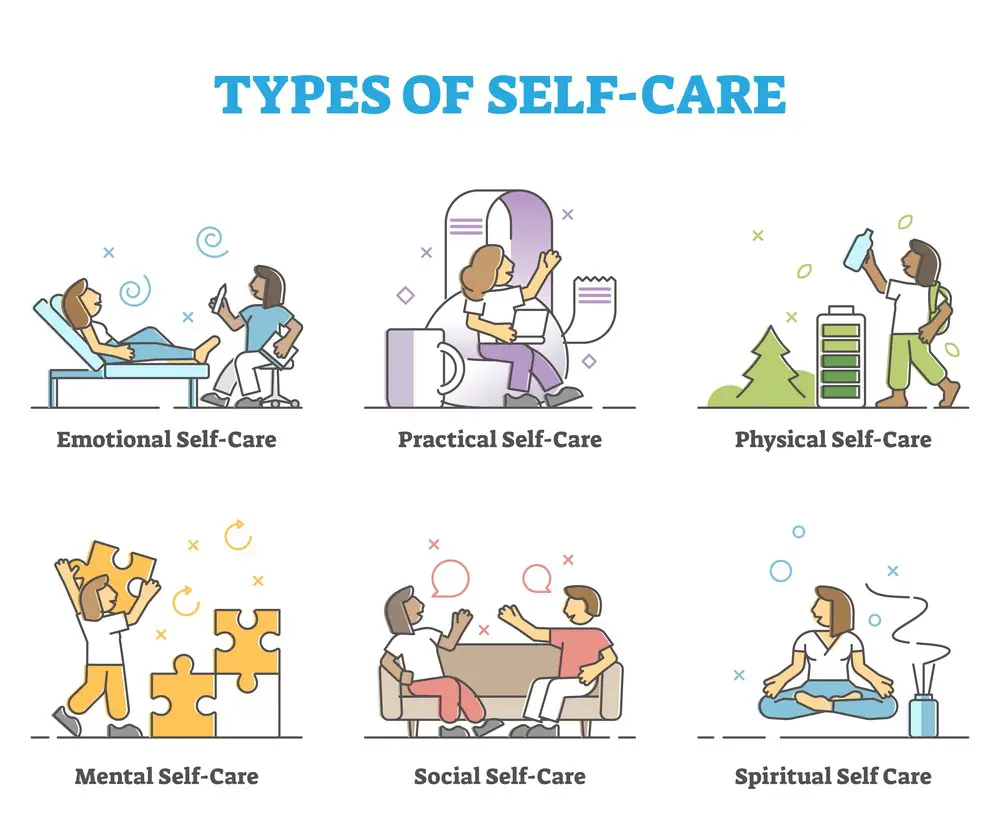
Encouraging your child to adopt a healthy lifestyle plays a crucial role in managing anxiety. A balanced diet, regular physical activity, and sufficient sleep can significantly impact how they cope with stress and worry.
Healthy eating fuels their body and mind, while exercise releases tension and improves mood. Ensure they get enough rest; sleep is vital for emotional resilience.
Teaching your child the importance of self-care routines reinforces coping skills for dealing with anxious moments. Engage them in activities that promote mindfulness, such as yoga or deep breathing exercises for children.
These habits not only help in immediate stress reduction but also build long-term strategies for anxiety management.
Seeking Professional Help When Needed
Sometimes, despite all your efforts at home, your child might still struggle with anxiety. This is where professional help can become essential. A therapist or counselor specializing in childhood anxiety can offer strategies and therapies unavailable in books or online resources.
They work closely with you and your child to develop a personalized plan aimed at managing and reducing their anxiety.
Reaching out for professional support does not mean you have failed as a parent. It shows strength and awareness of your child’s needs. Professionals can equip your child with coping skills that empower them to handle their worries more effectively over time.
With this additional support, children often feel understood and confident in facing their fears, paving the way for healthier emotional development.
Teaching Relaxation Exercises For Anxiety Management
Anxiety can be an overwhelming experience for children, manifesting in physical symptoms like rapid heartbeat, muscle tension, and restlessness. As a parent, equipping your child with relaxation exercises can empower them to manage anxiety more effectively. These techniques promote mind-body awareness and provide coping strategies to navigate anxious moments.
One simple yet powerful exercise is deep breathing. Guide your child through the process: inhale slowly through the nose, allowing the belly to expand, and exhale gently through the mouth. Encourage them to focus on the sensation of air moving in and out, serving as an anchor to the present moment. Deep breathing activates the parasympathetic nervous system, counteracting the body’s stress response.
Another useful method is progressive muscle relaxation. Have your child tense and relax various muscle groups, starting at the toes and working their way up to the head. This practice trains the body to release muscle tension, which is frequently linked to worry and heightens awareness of physical stress.
Visualization exercises can transport your child’s mind to a calming mental scene. Encourage them to imagine a peaceful place, such as a tranquil beach or a serene forest, focusing on sensory details like the sound of waves or pine trees. This practice cultivates mindfulness and redirects attention away from anxious thoughts.
For younger children, consider incorporating relaxation into playtime. Model deep breathing by slowly inflating and deflating a stuffed animal’s belly. Or lead a guided imagery exercise, inviting them to imagine floating on a cloud or swimming with friendly dolphins.
Regularly practicing these exercises together can help your child become familiar and comfortable with the techniques. Reinforce the idea that relaxation is a skill that requires patience and practice, just like any other skill they’re learning.
As your child becomes more proficient, encourage them to use these exercises independently when anxious. Remind them that they have the power to manage their anxiety and that you’re there to support them every step of the way.
Consider incorporating relaxation exercises into your family’s routine, such as starting or ending the day with a brief meditation or deep breathing session. This will normalize the practice and reinforce the importance of self-care and emotional well-being.
By teaching your child relaxation exercises, you’re equipping them with invaluable tools to navigate the challenges of anxiety. This proactive approach not only helps manage symptoms in the present but also fosters resilience and self-regulation skills that will benefit them throughout their lives.
Supporting Your Child’s Social Development Amidst Anxiety
Encourage your child to engage in social activities that match their interests, even if they feel anxious about joining them. This approach helps them learn how to manage their anxiety in a supportive setting while building confidence and developing valuable social skills.
Offer gentle encouragement without forcing participation, allowing your child to take small steps toward more significant interactions.
Create opportunities for your child to practice social skills at home before facing real-world scenarios. Role-playing different situations, such as starting conversations or asking for help, can provide a safe space for your child to become comfortable with various interactions.
This preparation builds a foundation of confidence that will support their ability to cope with anxiety while navigating social settings outside the home.
Arming yourself with the right strategies to support a child with anxiety is crucial. You can create a safe, nurturing environment that encourages your child to manage their anxious feelings effectively.
By fostering open communication, setting realistic goals, and promoting healthy lifestyles, you can help them develop resilience in facing their anxieties head-on. Remembering not to avoid anxiety-provoking situations but instead equipping your child with coping skills can transform challenges into opportunities for growth.
Together, you stand strong against anxiety, paving the way for your child’s emotional health and well-being.
Empowering Strategies to Support Your Anxious Child

Helping a child navigate anxiety requires patience, understanding, and the right strategies. Here’s a concise guide on how to effectively support your child and foster resilience:
1. Recognize the Signs:
- Look for changes in behavior, such as increased irritability, trouble sleeping, or avoiding activities they once enjoyed.
- Physical symptoms may include stomachaches, headaches, or excessive fatigue.
2. Understand Anxiety Triggers:
- Identify specific situations or environments that provoke anxiety, such as school pressures, social scenarios, or changes in routine.
- Discuss these triggers with your child to better understand their fears and plan ways to manage them.
3. Create a Calming Environment:
- Keep your home a safe space where your child can express their fears without judgment.
- Implement calming techniques like deep breathing exercises, mindfulness, or having a quiet ‘cool-down’ space.
4. Establish Routines:
- Consistency can be comforting. Maintain regular daily routines, especially for mealtimes and bedtime, to give your child a sense of stability.
5. Encourage Open Communication:
- Foster an atmosphere where feelings are discussed openly. Let your child know it’s okay to feel anxious, and encourage them to share their feelings.
- Validate their emotions without dismissing or trivializing their concerns.
6. Teach Coping Skills:
- Equip your child with tools to handle anxiety, such as relaxation techniques, visualization, or progressive muscle relaxation.
- Practice these skills regularly, not just during anxious moments, to build efficacy.
7. Gradually Face Fears:
- Support your child in facing their fears in small, manageable steps. This could involve practice and role-play at home before encountering the actual situation.
- Celebrate successes and treat setbacks as learning opportunities.
8. Promote Physical Health:
- Encourage regular physical activity, which can significantly reduce anxiety levels.
- Ensure a healthy diet and adequate sleep, as these greatly affect mood and anxiety.
9. Seek Professional Help if Needed:

- If anxiety interferes with your child’s daily life, consider consulting a pediatrician or a child psychologist.
- Professional guidance can offer tailored strategies and support to manage anxiety effectively.
10. Be Patient and Reassuring:
- Show continuous support and patience. Reassure your child that they can manage anxiety and that you are there to help them through their journey.
By employing these strategies, you provide invaluable support that helps your child manage anxiety more effectively, promoting a happier, more confident outlook.
- Stress Management: What is the Relationship Between Stress and Addiction? - June 28, 2024
- Exploring Techniques to Maintain a Healthy Lifestyle without Drugs - May 28, 2024
- How Acupuncture Helps Treat Chronic Fatigue Syndrome - May 28, 2024
This site contains affiliate links to products. We will receive a commission for purchases made through these links.



